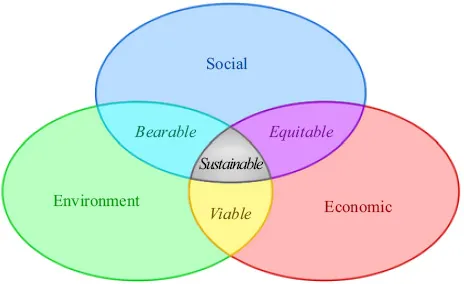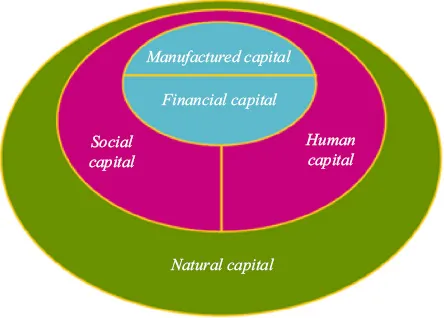![]()
CHAPTER 3
Value Engineering in IPM
3.1 Definition of Value Engineering in IPM
Value Engineering is “the systematic application of recognized techniques by a multi-disciplined team which identifies the function of a product or service; establishes a worth for that function; generates alternatives through the use of creative thinking; and provides the needed functions reliably at the lowest overall cost.” VE is an effective technique for reducing costs, increasing productivity, and improving quality. It can be applied to hardware and software; development, production, and manufacturing; specifications, standards and contract requirements. It can also be applied to other acquisition program documentation; facilities design and construction. It may be successfully introduced at any point in the life cycle of products, systems, or procedures. The VE technique is directed toward analyzing the functions of an item or process to determine “best value” or the best relationship between worth and cost. In other words, “best value” is represented by an item or process that consistently performs the required basic function and has the lowest total cost. It helps people creatively generate alternatives to secure essential functions more cost effectively. VE uses a job plan, is function based, and requires that a product be generated as a result of the study. The term Value Engineering is also synonymous with Value Analysis, Value Management, and Value Planning. To summarize, Value Engineering:
Figure 3.1. Project management process groups.
- helps customer retain value
- addresses hidden costs and obvious ones
- is function-oriented and focuses on performance
- is procedural
3.2 Benefits of Value Engineering Program
The value methodology is a powerful problem-solving tool that can reduce costs while maintaining or improving performance and quality requirements. It is a function-oriented, systematic team approach to providing value in a product or service.
Figure 3.2. The three pillars of sustainability define the complete sustainability problem.
Figure 3.3. The five capitals of sustainability.
The value methodology helps organizations compete more effectively in local, national, and international markets by:
- Decreasing costs
- Increasing profits
- Improving quality
- Expanding market share
- Saving time
- Solving problems
- Using resources more effectively
Value methodology easily produces savings of 30 percent of the estimated cost for manufacturing a product, constructing a project or providing a service. The return on investment that public and private organizations derive from implementing VM programs averages 10 to 1. Value methodology can increase customer satisfaction and add value to an organization’s investment in any business or economic setting. Value practitioners can apply the value methodology to products and services in manufacturing, construction, government, health care, environmental, and engineering sectors.
3.3 Elements of Value
The PMBOK® Guide 5th Edition recognizes the importance of organizations realizing value from their investment in a project. But what exactly is “value”? The PMBOK® Guide (1.6) suggests value is a concept that is unique to each organization and encompasses the total sum of all tangible and intangible “value elements.”
Determining the tangible elements is relatively straightforward and can easily be reduced to a financial return. More difficult, but often more important, is understanding the intangible value the project can create and identifying low cost options that have the potential to add significant intangible value for the organization by creating favorable impressions or outcomes in the minds of stakeholders.
3.3.1 Three Bottom Lines
One element of total value is encapsulated in the concepts of sustainability and the “triple bottom line.” Sustainability has become increasingly important to organizations in recent years, and the word sustainability has changed its meaning significantly over time in the business world.
Originally, sustainability only referred to minimizing your impact on the environment. Then in 1995 John Ellington introduced the idea of the “triple bottom line” of “Profit/People/Planet,” suggesting that an organization needs to be sustainable financially, socially, and environmentally.
3.3.2 Five Types of Capital
More recently, the Forum for the Future expanded this concept by identifying five areas that contribute to the production of value by an organization, called The Five Capitals of Sustainability. They are:
- Natural Capital. This represents the environmental and ecological resources that are needed to produce goods or deliver services. They include energy, water, fuels, raw materials and other natural resources, as well as the ecosystems from which these are taken.
- Human Capital. This is not just about individuals as resources, but it also covers their energy, health and wellbeing, knowledge and skills...



